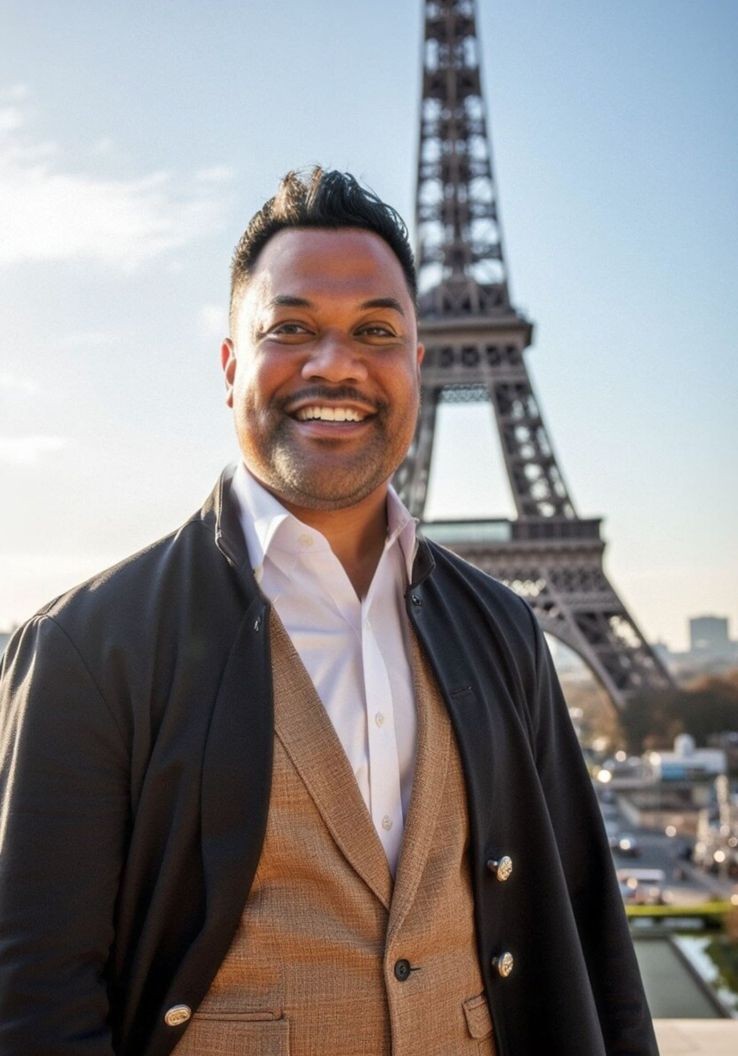Jack Bourke is head of strategic engagement at RCP and a key player in the revitalisation of Auckland’s Midtown precinct – including The Symphony Centre, Aotea Lanes, and Bledisloe House.
Earlier this month, I had the privilege of representing Aotearoa New Zealand at Courants du Monde, a prestigious international leadership programme hosted by the French Ministry of Culture.
I was one of 14 participants selected from 14 different countries—and the only voice from the Oceania region. As someone deeply involved in shaping Auckland’s urban fabric through projects like The Symphony Centre and the emerging Aotea Arts Quarter, the experience was transformative.
Over ten days, we explored cultural, creative spaces that defy traditional definitions. These are not grand institutions or formal theatres. They are grand institutions or formal theatres. They are repurposed train stations, factories, and châteaux reimagined by communities to meet social, artistic, and economic needs. They thrive on collaboration, not hierarchy. They welcome messiness, experimentation, and change and they are shaping the future of cities.
What struck me most was not just the scale of innovation in France’s cultural sector but the humility behind it. As one of my cohort reflected: “France didn’t just show us her palaces—she showed us her pain points.”
From neighbourhoods facing exclusion to regions struggling with disconnection, the country is using culture not as decoration, but as infrastructure for inclusion and regeneration.
This matters for Auckland. Because we are also at a turning point.
The 2024 Quality of Life survey placed Auckland near the bottom of the pack with nearly a third of residents reporting that their wellbeing had declined over the past year. We’re still navigating the aftershocks of COVID-19, grappling with a struggling city centre and searching for ways to draw people back into public life. With the construction of the City Rail Link nearing completion, the opportunity for transformation is even greater.
A new wave of transport-led regeneration is on our doorstep, and we must ensure that culture, community and creativity are at the heart ot it. We must stop thinking of arts and culture as “nice to have.”
Globally, culture is being used as a strategic lever for urban renewal, economic development, and social cohesion. Paris, Bordeaux, and Bagnolet have all shown how even modest investments in creative infrastructure can unlock new forms of community engagement, activate vacant sites and inspire civic pride.
Days after returning from Paris, I saw an example of this right here in Auckland’s iconic Strand Arcade – surrounded by hundreds of people for ‘Opera in the Strand’, a free concert kicking off Auckland Council’s NZ Music Month programme.
What was once an ordinary retail corridor was transformed into an elegant and accessible concert hall. That same weekend, on my home street of Karangahape Rd, we turned an upstairs creative space, Viela, into a pop-up salon for Secret Opera. It’s a wonderful start, but we have a long way to go.
This is not about copying Europe. It’s about learning what works and translating it for our context. At RCP my role is about more than strategy, it’s about placecrafting. The art and strategy of shaping places that people love and invest in. I work to align the cultural, commercial and community layers of a precinct into one shared experience.
The construction of the $650 million Symphony Centre is a dress rehearsal for that. resting atop Te Waihorotiu Station, Auckland’s soon-to-be busiest rail interchange, it’s a vertical fusion of residential, commercial, retail, hospitality and arts that will help to set the standard for cultural innovation and invigoration right across the city.
So where to next for Auckland? We should back our local stories, trust in our creative leadership and take up space in global conversations. We must invest in culturally connected spaces, not because they’re nice, but because they work.
We need to position the cultural sector as a central pillar of Auckland’s economic and social recovery, and we must stop seeing ourselves as outliers. Aotearoa is part of a global movement and we belong at the table.
We’re not behind. We’ve simply been under-represented. Let’s change that and build a city where belonging, creativity and investment can flourish together. As we revitalise Auckland, we should draw from global lessons and craft place-based solutions. We must fund cultural innovation that works. We need to embed placecrafting into the way we plan our city.
At the end of the day, cities aren’t built by cranes, they’re built by community and connection.


